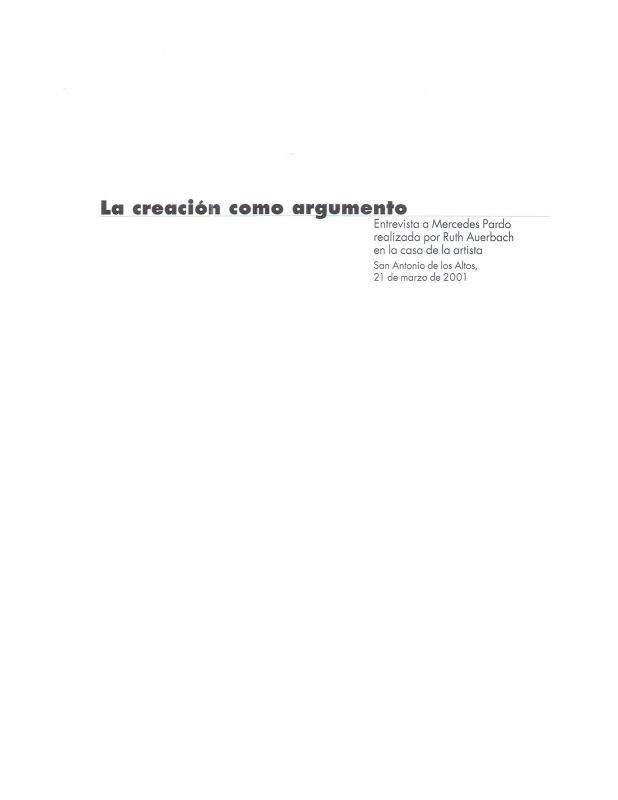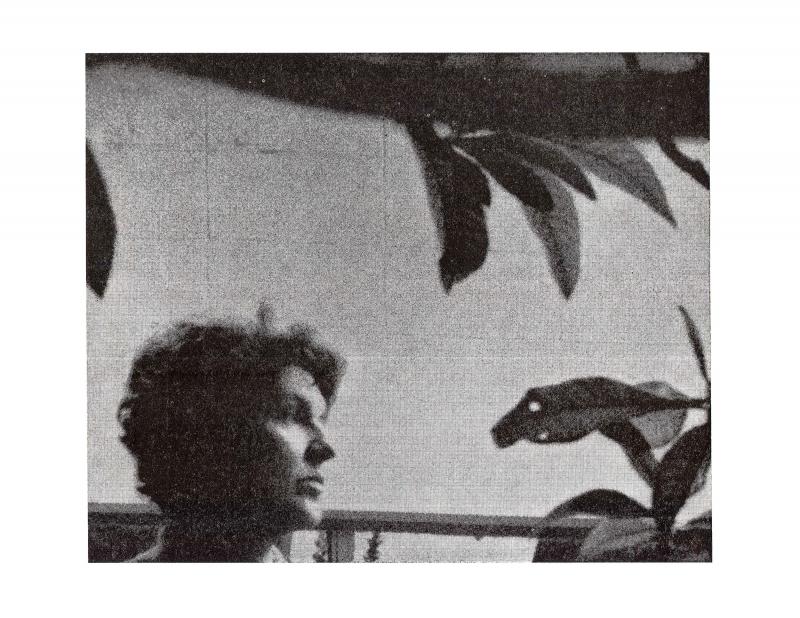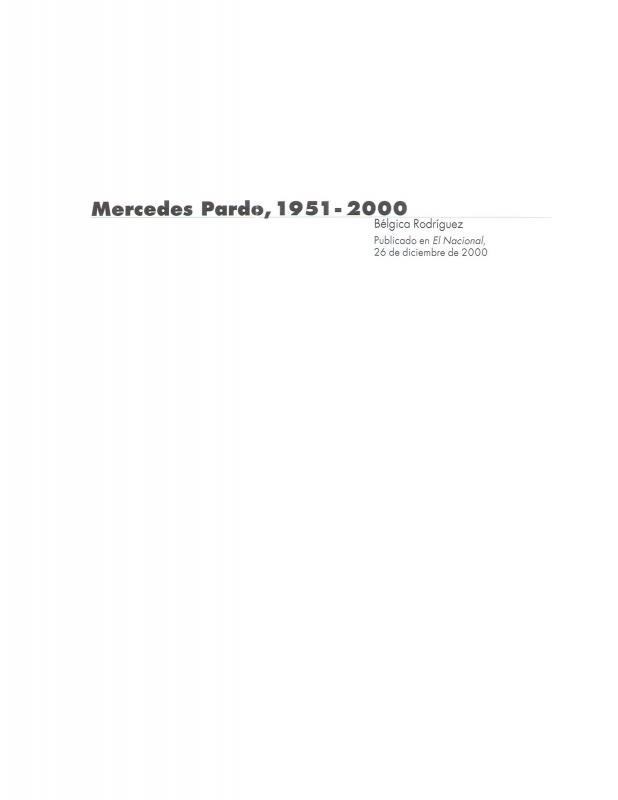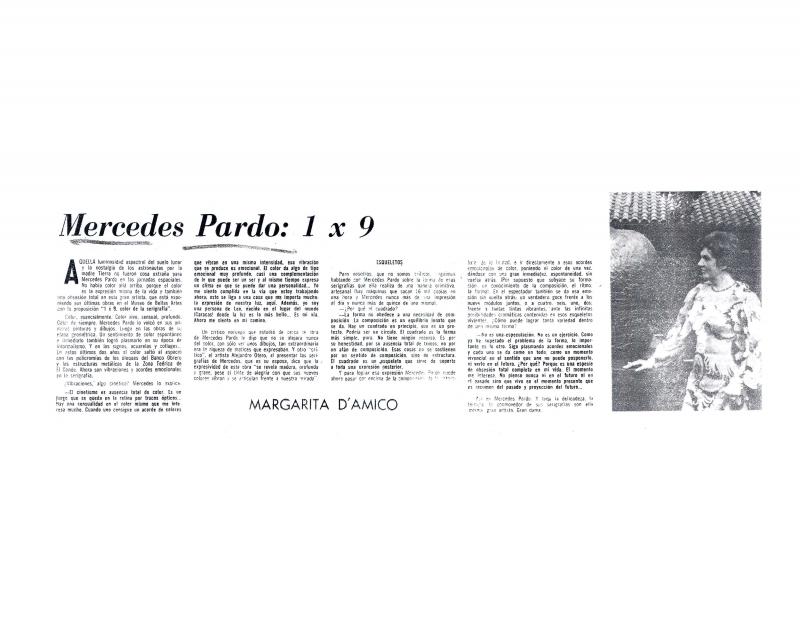The journalist Lorenzo Batallán’s article about Signos, the exhibition of works by Mercedes Pardo (1921–2005) at the Sala Mendoza, includes detailed information about the Monotype process that Pardo used to create her prints inspired by the signs of the Zodiac. Batallán describes her materials, her paper and inks, and the frottage technique she applies to the everyday objects she uses for her creations. The article mentions the “reclaimed, or distorted, or deleted imprint of the object” as the roller is applied to the paper. Since this is a limited edition, Batallán provides interesting details: the total number of copies, how many copies remained in Europe and how many were shown at the Sala Mendoza. This book, Signos, is of particular interest in the field of special edition books which, in Venezuela, are considered belles livres. Other than illustrating poems, Pardo’s material is limited to the signs of the Zodiac, for which she uses the frottage [rubbing] technique to produce as many copies as she chooses, which guarantees unique, individual prints. Working with everyday objects to produce playful arrangements, the artist has created something that has not been created before, since the work goes beyond color and form into a realm in which chance and intuition play important roles. The poems are by Guillermo Pardo de Leygonier (1903–80), a well known Venezuelan bibliophile.
Regarding this artist’s work, see Ruth Auerbach’s interview “La creación como argumento” [doc. no. 1143060]; the article by Alejandro Otero “Mercedes Pardo: color de la serigrafía” [doc. no. 1143176]; the article by Bélgica Rodríguez “Mercedes Pardo: 1951–2000” [doc. no. 1143027]; the interview by Margarita D’Amico “Mercedes Pardo: 1 x 9” [doc. no. 1155959]; by Roberto Guevara “Color y módulos en Mercedes Pardo” [doc. no. 1155991]; and the essay by Gloria Carnevali “El espacio en la pintura de Mercedes Pardo” [doc. no. 1102285].






